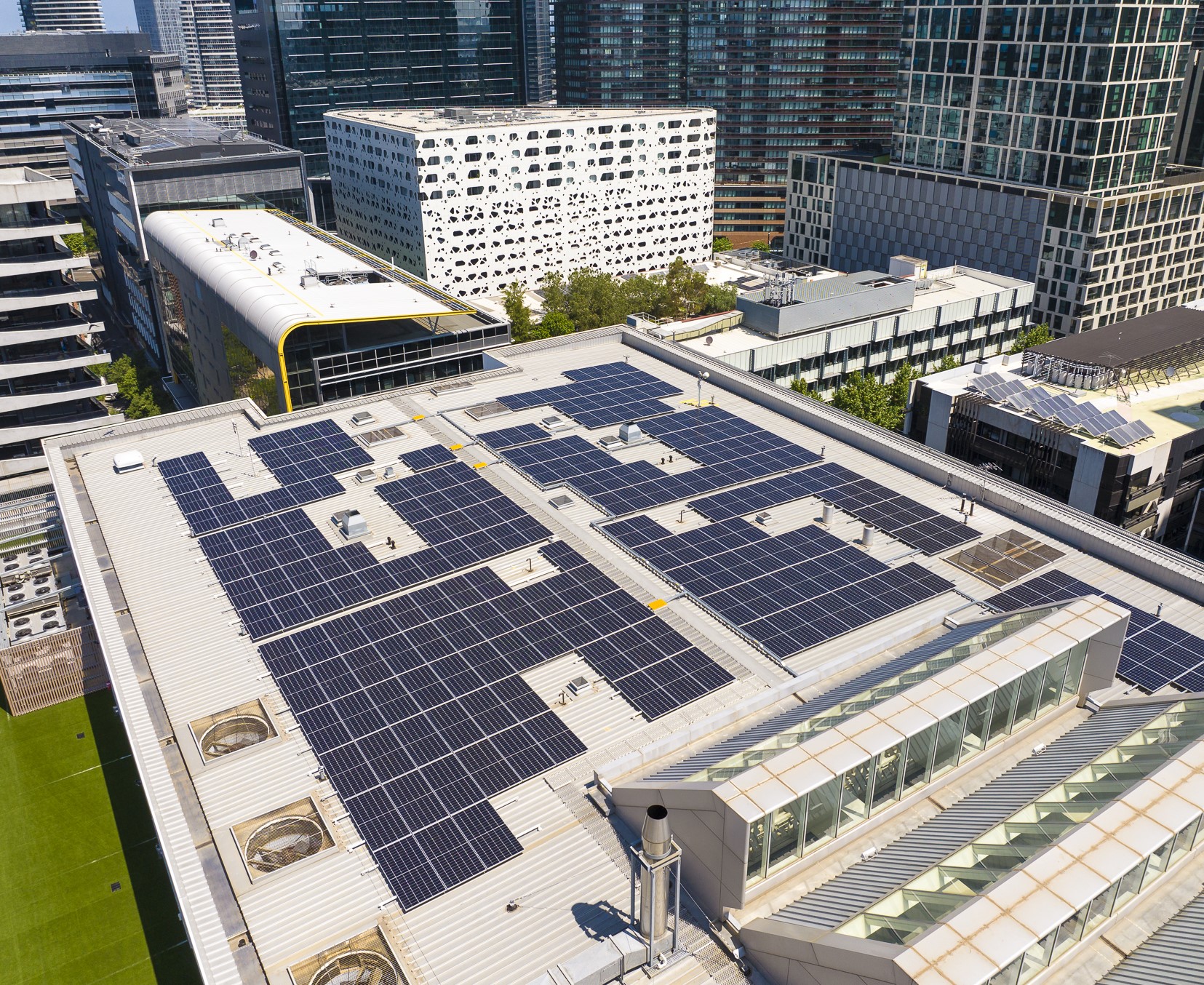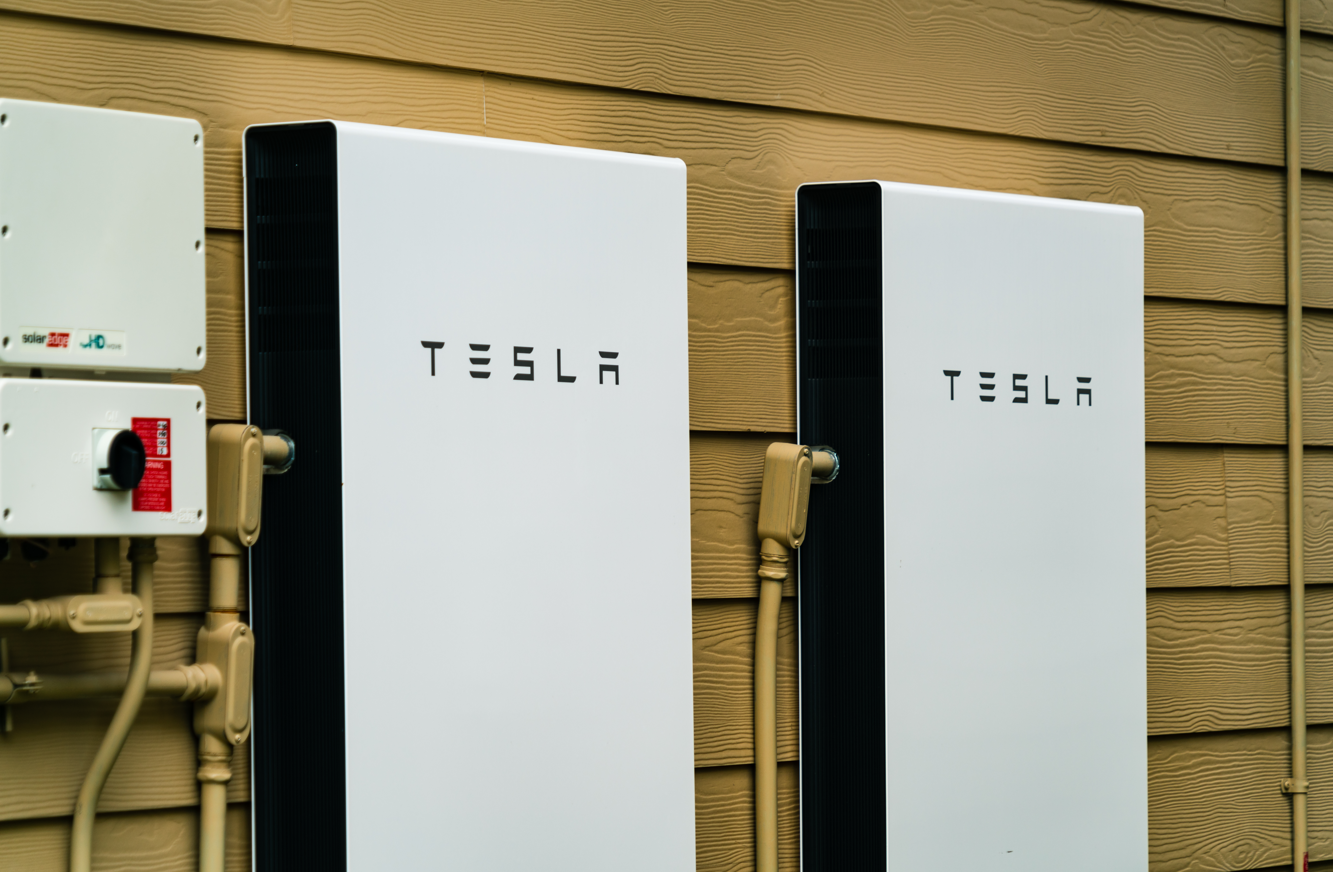End-of-Year Energy Audit: 10 ways to start 2026 leaner and cleaner
.jpg)
The November opportunity most businesses miss
As the financial year ticks toward its midpoint and summer heat sets in, November quietly offers one of the most valuable efficiency windows of the year. It's when:
• Sites are still operational before the Christmas shutdown,
• Energy use is peaking due to cooling loads, and
• Budgets for 2026 are being finalised.
Yet most companies delay performance reviews until January - missing the chance to lock in savings before the most expensive quarter begins. For energy-intensive sectors, that delay can cost $30,000-$100,000 in avoidable summer inefficiency per site.
The financial imperative
Energy is now the third-largest controllable cost in many Australian businesses, after labour and rent. According to AEMO, average C&I electricity rates rose 22% in FY25, while summer peak tariffs now exceed 45-55 c/kWh across parts of NSW and Queensland.
In contrast, businesses that implemented monitoring, automation, and solar retrofits before the 2024 summer reported average savings of 18- 25% within six months.
The takeaway for CFOs: every December you don't review your energy portfolio compounds your exposure to rising network and retail charges.
What an End-of-Year energy audit really means
An effective energy audit is not about ticking a compliance box - it's about creating a profitability map for your physical operations.
It identifies:
• Inefficient equipment and unnecessary standby loads,
• Solar underperformance or inverter clipping,
• Battery systems not discharging optimally,
• Sites operating outside tariff or PPA assumptions, and
• Maintenance issues that could affect summer generation.
In essence, the audit translates energy data into CFO metrics: cost per kWh saved, IRR improvement, and demand-charge reduction.
Ten steps to start 2026 leaner and cleaner
• Benchmark Energy Intensity
Compare your current consumption (kWh per m2 or per output unit) against your 2024 baseline. Even a 5% drift in efficiency could be costing you tens of thousands annually.
• Analyse Interval Data, Not Just Bills
Quarterly bills hide demand spikes. Reviewing 15-minute interval data uncovers high-load patterns that cause demand charges — often 20-40% of your bill.
• Review Tariff Structures and Network Charges
DNSP tariffs change annually. Many businesses are still billed under legacy structures. Moving to a demand-optimised tariff can save $10,000-$25,000 per site.
• Conduct a Solar Performance Check
Panel degradation, inverter inefficiencies, and shading can cut output by 10-15%. Agile Energy's Solar Health Check benchmarks live data against system design yield.
• Inspect Battery Performance and Discharge Logic
Many commercial batteries discharge too early or not at all. Reprogramming dispatch logic for late-afternoon peaks can boost savings by $15,000+ per year for a 500 kWh system.
• Audit HVAC and Refrigeration Controls
Cooling and ventilation account for up to 50% of summer loads. Calibrating thermostats, cleaning coils, and introducing variable speed drives can deliver immediate reductions.
• Identify and Eliminate Phantom Loads
Idle equipment, standby lighting, and servers left on over the Christmas shutdown can consume 3-6% of annual energy. Smart plug monitoring and automation fixes it overnight.
• Verify PPA and Retail Contract Alignment
Check that your contracted PPA or grid rates still reflect market conditions. Many fixed retail contracts signed pre-2024 now sit 10-15 c/kWh above spot parity.
• Test Backup and Resilience Systems
Before summer storms and blackouts, confirm your site can island from the grid if required. Battery and inverter firmware updates are often overlooked but critical.
• Forecast 2026 Load and Generation Curves
Model next year's expected load growth (e.g. EV charging, new machinery) against solar and battery performance to avoid undersizing. This ensures accurate FY26 budgeting and asset planning.
Case Example: Manufacturing Site, Western Sydney
An Agile Energy client operating a 4,000 m2 plastics manufacturing plant undertook
• Verify PPA and Retail Contract Alignment
Check that your contracted PPA or grid rates still reflect market conditions. Many fixed retail contracts signed pre-2024 now sit 10–15 c/kWh above spot parity.
• Test Backup and Resilience Systems
Before summer storms and blackouts, confirm your site can island from the grid if required. Battery and inverter firmware updates are often overlooked but critical.
• Forecast 2026 Load and Generation Curves
Model next year’s expected load growth (e.g. EV charging, new machinery) against solar and battery performance to avoid undersizing. This ensures accurate FY26 budgeting and asset planning.
Case Example: Manufacturing Site, Western Sydney
An Agile Energy client operating a 4,000 m2 plastics manufacturing plant undertook an audit in October 2025.
Key findings:
• HVAC thermostats were running 3°C colder than required, consuming an extra 14 MWh/month.
• Solar generation was underperforming by 11% due to dust and inverter clipping.
• Battery discharge timing was off-peak, losing $6,000 in missed savings.
• Agile recalibrated the system, implemented a cleaning cycle, and rescheduled discharge logic. Within three months:
• Summer energy costs fell 21%, saving $52,000 annually.
• Asset payback improved from 5.1 years to 4.2 years.
• System uptime reached 99.8%, confirmed via live monitoring.
2026 Outlook: Preparing for a Volatile Market
With continued El Niño conditions forecast, summer demand is expected to exceed 2024 peaks by 7-10%. Meanwhile, forward retail rates suggest commercial grid tariffs will rise another 8-12% over the next 12 months.
Businesses that complete audits and system recalibration before December are already seeing a 3-5x return on audit investment within the first quarter of 2026.
In a market where margins are tightening and capital is expensive, efficiency becomes the cheapest form of growth.
Start 2026 on the Front Foot
The smartest businesses treat energy not as an overhead, but as a performance metric. A targeted end-of-year audit is the simplest way to reduce waste, optimise assets, and lock in resilience before the heat and holidays arrive.
"Every kilowatt-hour you don't waste in December becomes working capital in January."

Agile Advantage - Unlocking full value from solar & storage: The business case for batteries

Agile Advantage - Embedded Networks 101: Turning electricity from a cost centre into a profit centre

Top 5 Energy Incentives for Australian Businesses (2025)

Managing solar and battery rollouts for national portfolio

Risk management in renewables

Commercial Solar ROI in 2025: Maximise Your Business Savings

Scaling SAFe in large-scale energy organisations: How executives can harness the Scaled Agile Framework (SAFe) to accelerate the energy transition

Always-On Agile operating model for Australia’s energy transition

Integrated energy & carbon strategies: A Playbook for future-proofing Australian manufacturing

Weathering the storm: Protects solar assets from heavy rainfall risk

Transforming dead space into active assets: How Agile unlocks roofs, car parks, and land for revenue

Agile Advantage - Why energy data is the new gold for Australian manufacturer

Solar Battery Rebate

Agile Advantage - E is Everything: Energising Australian Businesses

Agile Advantage - Riding the renewable wave: Why Australian businesses are embracing solar energy

Agile Advantage - Why CFOs should prioritise renewable energy investments in 2025

Agile Advantage - Empowering Australian Businesses: Unlocking energy efficiency and sustainability

Agile Advantage - Inspiring the young workforce: How rolling out renewables sparks motivation

Agile Advantage- The power of vertical integration in solar project delivery

Agile Advantage - Making complex simple: Navigating the complexity of solar installations

Agile Advantage - Rising cost of insurance : Impact on solar assets

Agile Advantage - Monetising your solar assets: Converting pre-purchased systems into power purchase agreements (PPAs)

Agile Advantage - The Magic of experience: Partnering for performance in renewables

Agile Advantage - Solar rooftop safety: Risk management guide

Agile Advantage - Clear paths to carbon reduction: Renewables and more for Australian businesses

Agile Advantage - Seven Deadly Sins of Solar Installations: Mistakes Businesses Must Avoid

CEO's view on managing increasing energy costs

Carbon Accounting and your business

Join Agile Energy at the Healthcare Real Estate Summit

Carbon Projects - Where to Start?

TRADE ACCUs WITH US! From the desk of Equipoised Group
Ready to Power Your Business with Sustainable Energy?
Let's take the first step towards a brighter and greener future.


